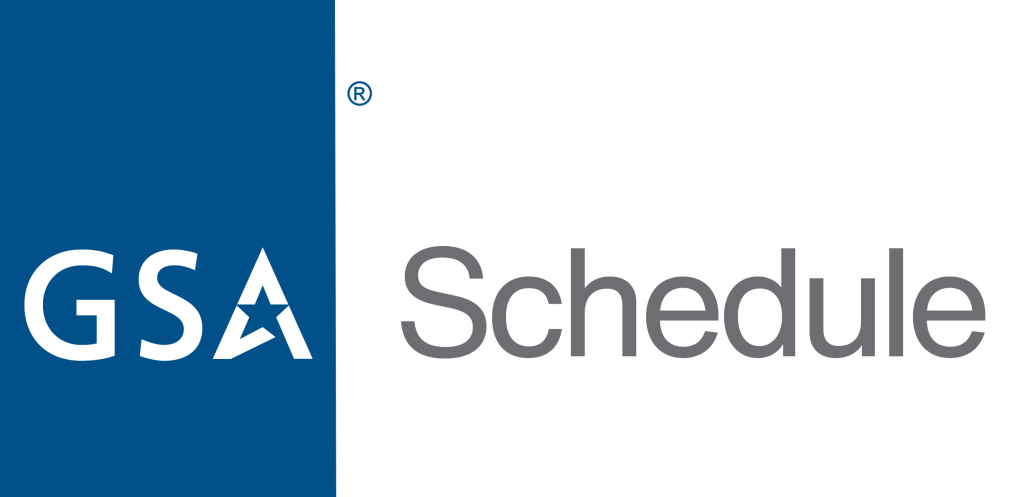In 2019-2020 GSA is performing merging of twenty four MAS Schedules into one consolidated schedule. How does the change affect vendors and industries, what will exactly be done, and should you worry about that.
What is GSA Consolidated Schedule
A GSA Schedule is known as a federal contract between U.S. governmental agencies and businesses. Such contracts are managed by General Services Administration. Each Schedule covers certain types of goods and services the government can purchase. However, since 2018 the structure of GSA Schedules started changing. GSA launched a two-year procedure of consolidation of currently existing 24 schedules into one. This means that the very term Schedule is getting redefined, and in the end of the transformation vendors will be able to submit their offers faster within one single non-duplicating contract.
Why change anything? Wasn’t it working?
Yes and no. Of course, the system worked well and thousands of contractors had business with federal agencies supplying them with products and services. However, the entire mechanism of GSA contracts is very outdated, based mainly on paperworks and proven albeit slow administration processes merely duct-taped by modern information technologies. Experts already named the upcoming consolidation a “win-win” for both the feds and the biz. And it is really easy to see why.
For GSA solicitation officers, consolidation means much easier navigation through numerous contracts and offers and instant selection of necessary goods and services. Thanks to revised SINs, finding offers that meets the requirements of an agency will be much easier. Currently this can take time, because very often the entire spectrum of the agency’s needs simply cannot be fulfilled within the same contract. Less administrative management means faster procurement.
For companies looking forward towards government contracts, the application process and submission of products to the catalog becomes simplified. One consolidated MAS Schedule means simpler SAM government contracting management and faster approval of the offers.
What exactly is consolidating?
24 GSA Schedules merge into one
GSA schedule consolidation process involves three phases that eventually will end up merging all 24 GSA Schedules into a single Schedule. The consolidation also involves reworking of the existing SIN system. Over 900 SINs will be redistributed and restructured into 300 new SINs, and the entire Schedule will be reorganized to eliminate duplicates and to become more clear for both government employees and vendors. Then, all of the existing contractors will gradually migrate to the new system to stream line GSA solicitation.

10 procurement-related websites merge into one
Well, more precisely, 7 are merging and other 3 ones are decommissioned as their functions are completely overridden by the new web resources.
The new HQ for all System for Award Management affairs is SAM.gov. There, vendors and manufacturers can register as contractors to apply for a federal award. The website also provides information on federal purchases based on agencies’ reports, and works as a platform where commercial companies can search for contract opportunities and market their products.
Specifically, the following websites are consolidating:
- SAM.gov – System for Award Management. This will be the main website from now on.
- FBO.gov – currently, the place where vendors can search for opportunities to sell to the government. Further, its functionality will be integrated to SAM.gov.
- FPDS.gov – the official website of the Federal Procurement Data system is already a part of SAM.gov. Information on federal procurements is published there.
And the following resources are to be consolidated in the near future:
- FSRS.gov. This is a reporting tool based on The Federal Funding Accountability and Transparency Act (FFATA). The purpose of the act is to make federal procurements more transparent. The act forces prime awardees to report their subcontracts within GSA Schedule awards above $30,000 to FSRS.
- FAPIIS.gov. Currently, the website allows evaluating past performance of any government contractor. The information comes from the Contractor Performance Assessment Reporting System (CPARS). After consolidation, all past performance data will be available at SAM.gov.
- CPARS.gov. The source for contractor performance assessment data.
- ESRS.gov. Government contractors must report their subcontracting plans at Electronic Subcontracting Reporting System. After consolidation, this and FSRS will both merge into SAM.gov.
Finally, three federal resources are decommissioned as their functions are transferred to other websites and tools. These are: WDOL.gov, CFDA.gov and PPIRS (which is already a part of CPARS).
Consolidation Calendar
2019-October 2019:
Phase One Consolidation. Development of new Schedules, consolidation of old SINS into new more compact SIN categories.
October 2019-End of FY2019:
Phase Two Consolidation. Current GSA contractors are gradually transferred to new schedules.
January 2020-July 2020:
Phase Three Consolidation. Contracts that now encompass multiple GSA Schedules will merge into one.









Well, we are looking forward to October and the consolidation results! I think it should have a positive impact on the procurement!
All this really sounds like something easier and more comfortable!